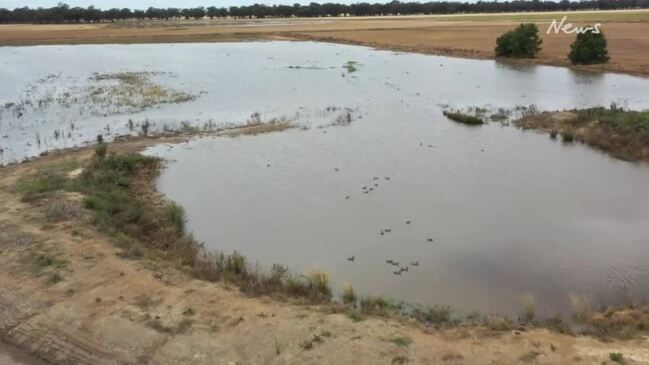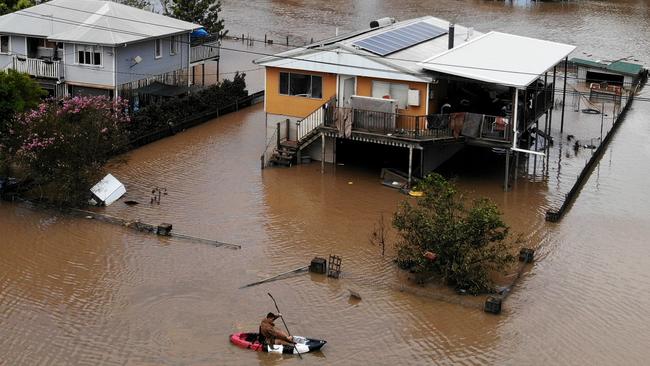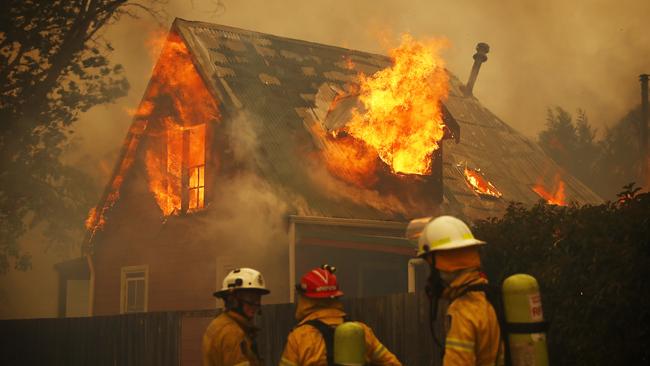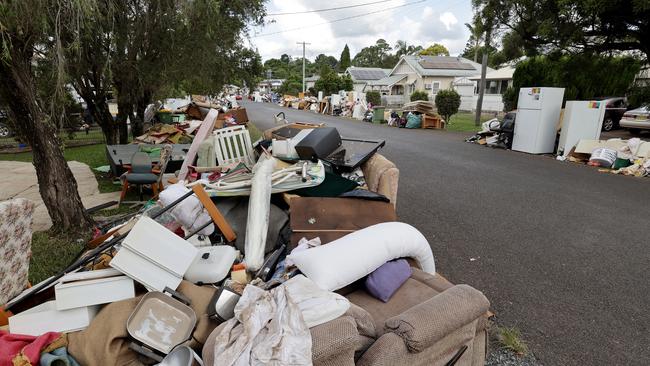Recovery bill for Black Summer fires and 2022 floods hits $9 billion
New figures show that the combined cost of this year’s devastating NSW floods surpasses the horrifying Black Summer fires in recovery funding and property damage.

NSW
Don't miss out on the headlines from NSW. Followed categories will be added to My News.
Emergency Services Minister Stephanie Cooke admits she is still struggling to sleep.
Handed a portfolio that is usually a secondary role for the police or prisons minister of the day, Cooke barely had time to read the briefing papers before the first fatal flood arrived.
Two more would follow, with new state government figures obtained by The Saturday Telegraph showing the combined cost of the three floods surpasses the Black Summer fires in recovery funding and also property damage.
By the end of November, the floods would also claim 11 lives.
The latest recovery funding figure for the three floods is $4.4 billion, just short of the $4.5 billion cost of the Black Summer bushfires. Together, the cost to taxpayers of recovery funding alone is just under $9 billion.

While the bushfires were deadlier, with 26 fatalities, more people were displaced from the three floods.
The number of homes damaged from floods totalled 16,674, with 4300 left uninhabitable.
Black Summer fires damaged 1034 homes and left 2475 uninhabitable.
As a result of the property damage, thousands of people were forced to seek out emergency accommodation — more than 8000 due to the fires, and 16,527 from the floods.
Ms Cooke, who also holds the Resilience and the new Flood Recovery portfolio said both the community and emergency services had faced “incredible challenges” this past year.
“I don’t think any of us anticipated what would unfold this year,” the Nationals MP said.
“Particularly in relation to the event that struck the Northern Rivers region, and then to experience a second flood weeks later.
“Just about every event has been unprecedented in its nature.”
Ms Cooke said lesson had been learned from each event.
Unlike the NSW Rural Fire Service’s practised response to fires, the NSW State Emergency Service and the state government both faced heavy criticism at the clunky response to the first flood event.
As revealed by The Sunday Telegraph at the time, this included the rejection by the government of Australian Defence Force assistance.
The response was again in the spotlight after a frustrated former police officer confronted Premier Dominic Perrottet in Eugowra over the lack of help that came as the town was engulfed by “a tsunami”.
Emergency services sources claim RFS volunteers have, for the most part, outnumbered SES volunteers.
A subsequent flood inquiry found the SES was unprepared to respond to the scale of catastrophic floods in early 2022 and recommended a partial merger of the SES and RFS.


Ms Cooke denied rumours the government was walking away from the move after giving it in-principle support, stating work was under way on the “scope” of the recommendation.
“There is a lot more work to do,” she said.
“We are very much in emergency response mode at the moment, but that work is being led by the project management office in the Department of Premier and Cabinet.”
Ms Cooke said there were always opportunities to do things better, and, with the climate changing and BoM advising that these events were to become greater in severity, this was front of mind.
“There is no doubt our climate is changing,” she said.
“BoM and other organisations continue to advise us that we will experience more frequent events, and ones that are greater in severity.
“As a government, we need to be mindful of that.”

The SES recently adopted the new Australian Warning System, which will deliver more located and targeted communication of risks, while Hazard Watch aimed to deliver similar information as the RFS “Fires Near Me” app.
Asked about the operation maps the SES had used internally, which detailed how many hours flood waters would take to reach individual towns, Ms Cooke said there was also potential in the future about integrating similar information in the future.
“We learn from every single event. We can always improve,” she said.
“Every loss of life is a tragedy. That weighs heavily on me. But it also strengthens my resolve that, as a government, we continue to work to protect lives and look after people in the aftermath.
“One of the reflections that I have had is how many of us across rural NSW have come from humble beginnings — and we are used to facing difficult circumstances.
“As I move about, I am confident we will face our current challenges with the same fighting spirit and compassion and sense of humour that has served us in the past.
“When I have those sleepless nights, that’s what I fall back on.”
Got a news tip? Email weekendtele@news.com.au
Read related topics:NSW floods





